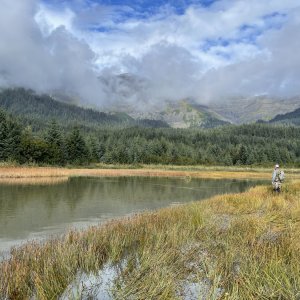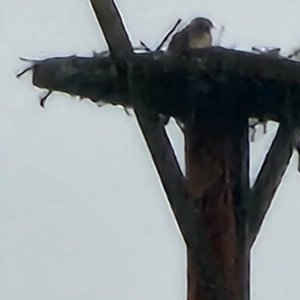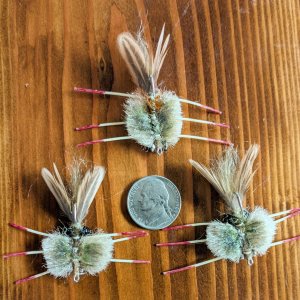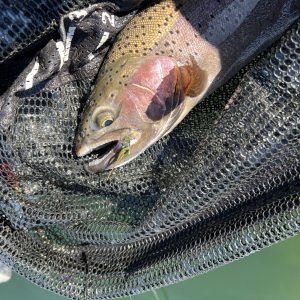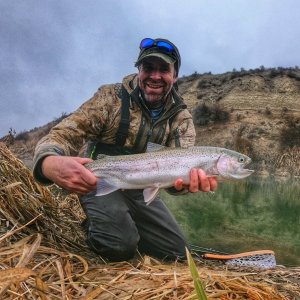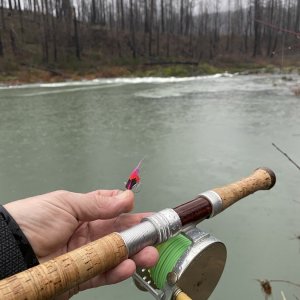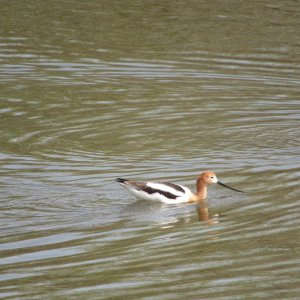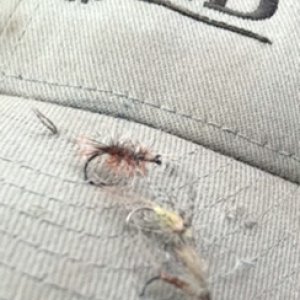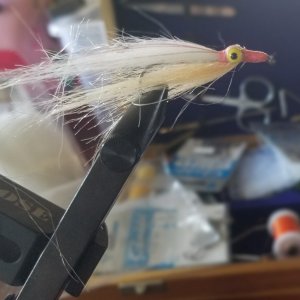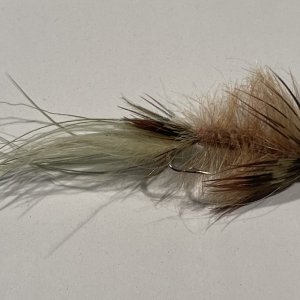One thing I would like to get better at is fishing Puget Sound beaches for cutthroat. So I have a few questions:
Is spring generally the best time of year?
I have heard of people catching SRCs throughout the sound and strait but it seems like I hear mostly about people fishing for them in the south sound and Hood Canal. How does fishing in the north sound compare to the south sound?
Is there a general rule about best tides or does that vary with location?
Is spring generally the best time of year?
I have heard of people catching SRCs throughout the sound and strait but it seems like I hear mostly about people fishing for them in the south sound and Hood Canal. How does fishing in the north sound compare to the south sound?
Is there a general rule about best tides or does that vary with location?

